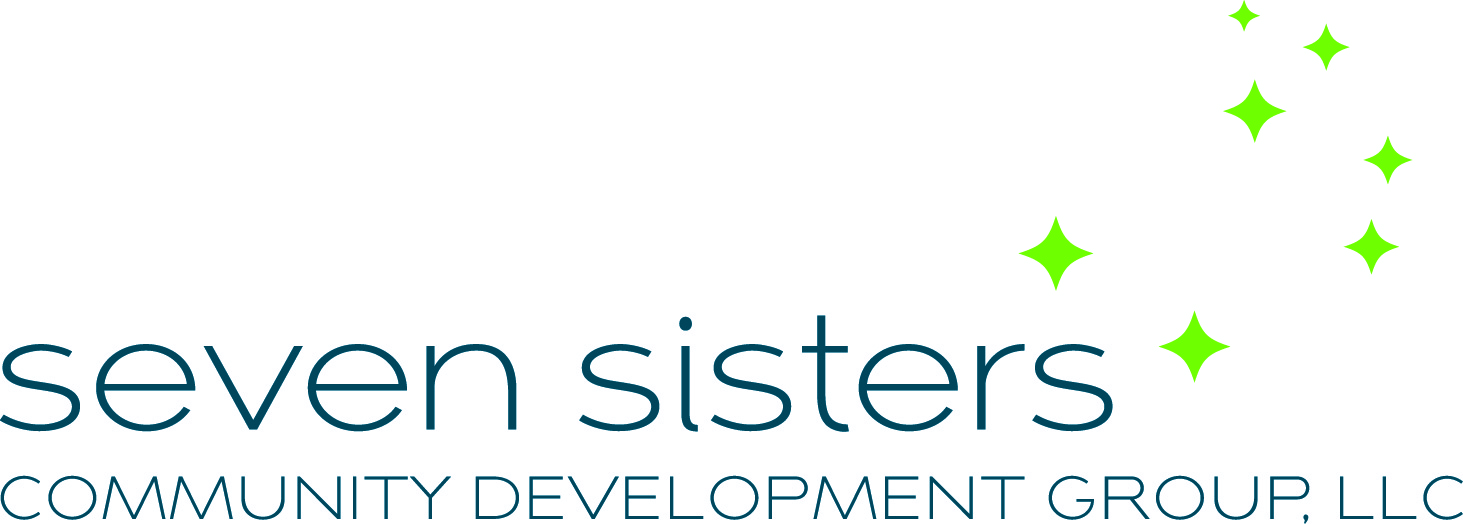Shoshone-Bannock Tribes Tribal Needs Assessment
Project Profile
Clients:
Shoshone-Bannock Tribes
Project Location:
Fort Hall, Idaho
Project Time Frame:
December 2015-April 2017
Services:
Intercept Survey
Household Survey
Analysis of Newly Collected Data
Needs Assessment
Areas of Focus:
Demographics
Economic Development
Education
Employment
Income and Finances
Youth
Project Description
The Shoshone-Bannock Tribes are federally-recognized tribes residing on the Fort Hall Indian Reservation, which is located in the eastern Snake River Plain of southeastern Idaho near the town of Pocatello. The Shoshone-Bannock Tribes 2016 Tribal Needs Assessment includes the following three components:
Household Survey. Within the Fort Hall Indian Reservation boundaries, the needs assessment survey was conducted via in-person, door-to-door household surveys of a random sample of housing units. To reach members living away from the reservation, paper forms with prepaid return envelopes were mailed to 100% of the addresses on file with the Tribal Enrollment Office. A total of 454 needs assessment surveys were completed, providing information about 985 adults and 434 children.
Homeownership Survey. The Planning Department decided to provide an opportunity for those interested in owning a home on the Fort Hall Indian Reservation to respond to a brief survey designed to gauge both interest in and readiness for homeownership. 214 respondents participated in the Homeownership Survey.
Youth Survey. The survey committee developed a Youth Survey to explore new programs and activities the Shoshone-Bannock Tribes could develop to better meet the interests and needs of youth. The questionnaire was administered at the Back-to-School Bash hosted by the Tribal Youth Education Program.
This project helped the Shoshone-Bannock Tribes launch their Tribal Homeownership Opportunities Program (THOP) which coincided with the launch of the Shoshone-Bannock Tribes Community Development Financial Institution (CDFI). The findings from this project will continue to help the tribal government and its programs attract new funding, better plan for tribal programs, improve services, and address homebuyer readiness through preparation courses.












